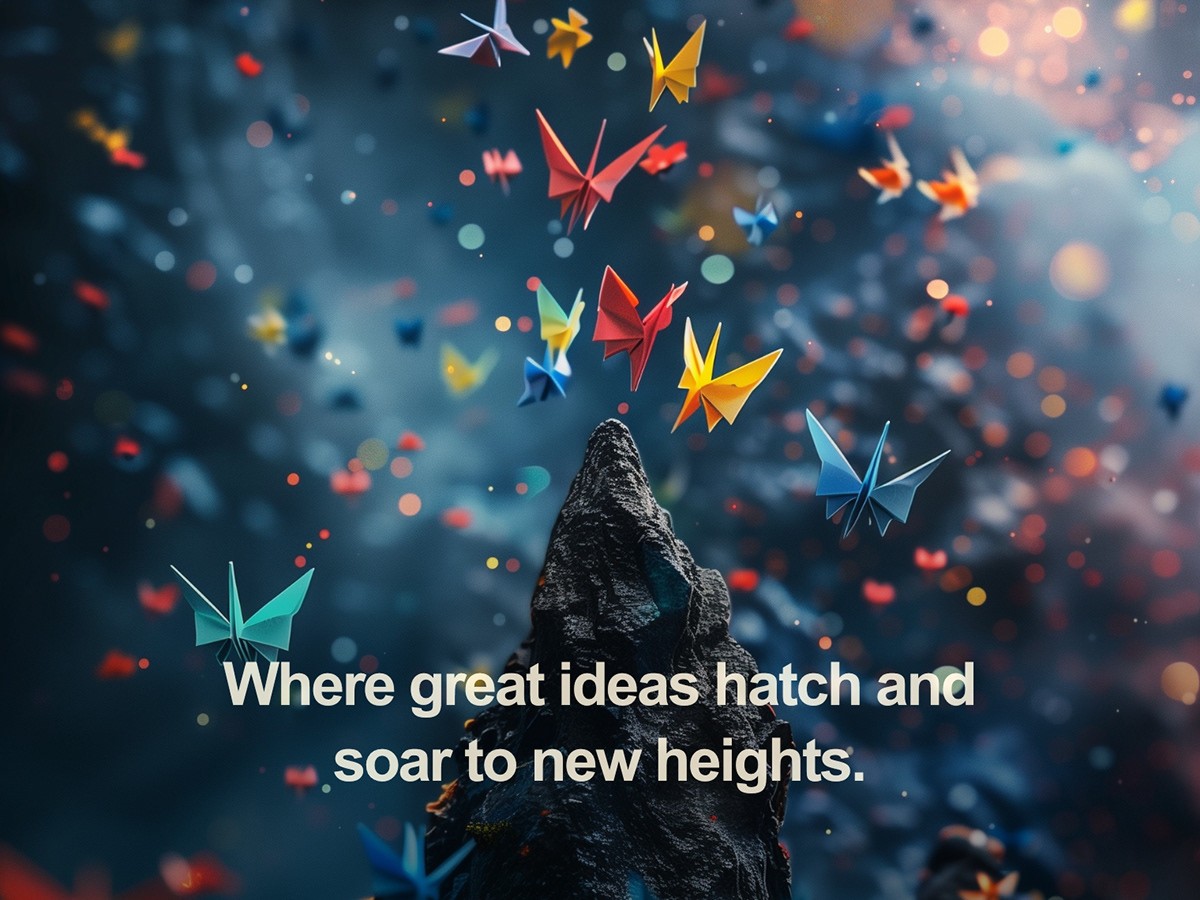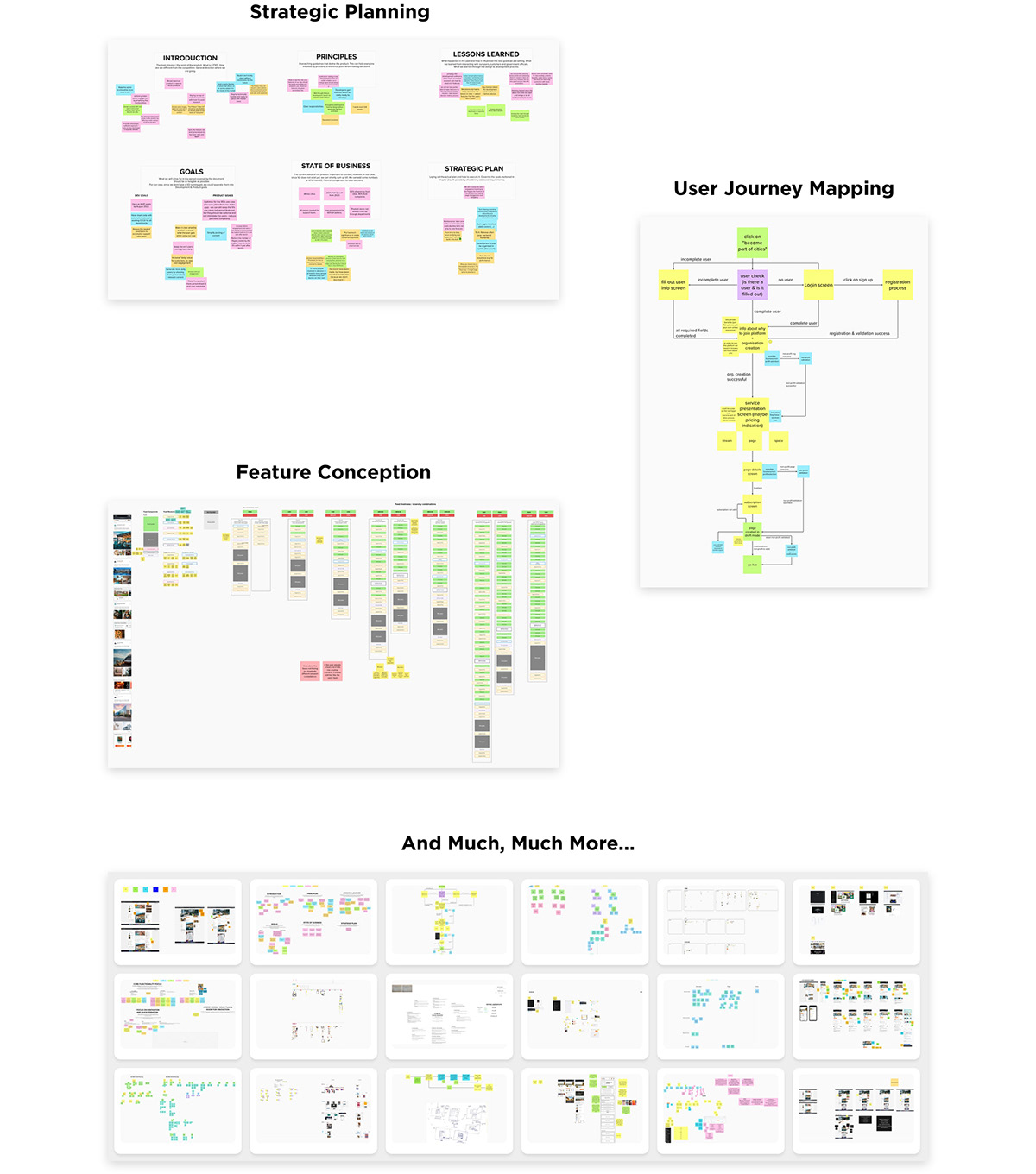

What is the purpose of meetings?
An effective meeting should prioritize structured communication and clear-cut decision making. There are a couple of common goals behind holding a meeting that are worth highlighting:
Evolving Ideas
A core purpose of a meeting should be discovering alternative perspectives and collectively evolving ideas.
Staying in alignment
Another reason for holding a meeting is the unification of overall vision and making sure everyone is pulling in the same direction.
Confirming decisions
A good meeting should include a sharp decision making process, providing clarity in regards to the next steps that need to be taken.

Meetings should not be emails
Lately, it seems like a new Medium article or LinkedIn post expressing frustration with meetings is released almost daily. People's disdain of meetings often boils down to a few key factors, including a lack of structure, time consuming off-topic discussions, and the tendency for the loudest voices to dominate.
In reality, meetings are not the problem; it's people's attitudes towards them and their often less than ideal execution. This can all be addressed by following the principles of collaborative workshops.



What are collaborative workshops?
Collaborative workshops can be done in a number of different ways, however, they usually combine the principles of interactive whiteboard card sorting and design thinking to establish an environment which sparks innovation and teamwork.
There are some basic guidelines that every collaborative workshop should include:
A Solid Agenda
The workshop should revolve around a robust agenda with specific subjects gradually revealed to the participants.
Time-gated Topics
Each topic should be constrained to a limited time frame of discussion. Additional questions can be tabled for later.
Preparation Is Key
The moderator should know the workshop through and through and have their own notes ready to help out in case of a creative block.

Here are 3 reasons why collaborative workshops are a superpower:



1. Diplomatic Innovation
Meetings are inherently prone to unbalanced levels of participation, where the loudest voices prevail and others take on more of a passenger role.
Collaborative workshops address this by outlining quiet time dedicated to contemplation and writing down thoughts. Ideas are then discussed and sorted on the whiteboard, thus avoiding blind spots leading to a wider pool of ideas and insights.
Collaborative workshops address this by outlining quiet time dedicated to contemplation and writing down thoughts. Ideas are then discussed and sorted on the whiteboard, thus avoiding blind spots leading to a wider pool of ideas and insights.



2. Planned & Guided
Meetings are susceptible to wasting peoples time by lacking focus.
In order to respect everyone's time, the moderator is responsible for crafting a solid agenda and going through the topics of discussion in advance. This includes noting down some of their own thoughts and suggestions addressing expected pain points. These can act as little sparks of inspiration through the process if the discussion hits a roadblock.
The schedule should always be adhered to strictly. Tangential topics can easily be tabled for later, just group up the relevant sticky notes and set them aside for another times.
In order to respect everyone's time, the moderator is responsible for crafting a solid agenda and going through the topics of discussion in advance. This includes noting down some of their own thoughts and suggestions addressing expected pain points. These can act as little sparks of inspiration through the process if the discussion hits a roadblock.
The schedule should always be adhered to strictly. Tangential topics can easily be tabled for later, just group up the relevant sticky notes and set them aside for another times.



3. Built-in Summary
The only thing worse than a bad meeting is bad documentation of the meeting itself. If things are forgotten or misinterpreted, the meeting could cause more problems than it solves.
This is solved by collaborative whiteboard based card sorting workshops implicitly. As you progress through the workshop, each participant adds their own thoughts to the whiteboard in the form of sticky notes, which means the summary is generated automatically.
The whiteboard is always there and ready for a review or to serve as a foundation for a follow up workshop.
This is solved by collaborative whiteboard based card sorting workshops implicitly. As you progress through the workshop, each participant adds their own thoughts to the whiteboard in the form of sticky notes, which means the summary is generated automatically.
The whiteboard is always there and ready for a review or to serve as a foundation for a follow up workshop.



Examples of Use
I personally follow the above principles at any point in the product design process where clarity and creativity are required, be it planning, user journey mapping, defining feature specifications and more.




